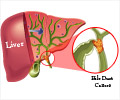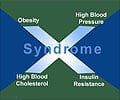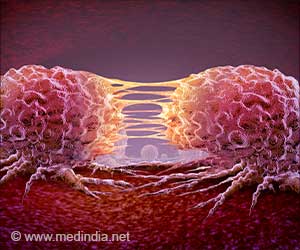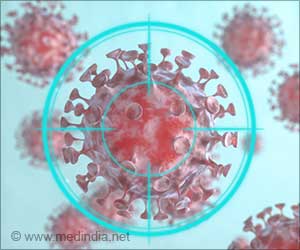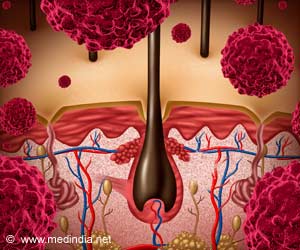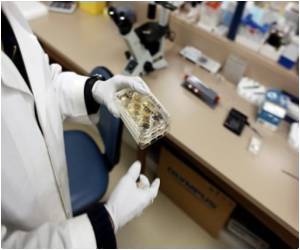
"With this finding, we have learned there are particular enzymes that work together to enable the reverse pathway to function, much like the tiny gears that turn in opposite directions to power a mechanical clock," said Dr. DeBerardinis, director of CRI's Genetic and Metabolic Disease Program and associate professor in the Department of Pediatrics and the Eugene McDermott Center for Human Growth and Development at UT Southwestern Medical Center.
The identification of the mechanism could provide a future target for drugs that would attack tumors relying upon the reverse pathway for sustenance and growth. Tumors of this type, often found in the brain, lungs and kidneys, tend to be difficult for oncologists to treat because cells using the atypical pathway seem to resist existing treatments like chemotherapy.
"Prior to this discovery, we didn't have enough information about how to tap into the reverse metabolic pathway without disrupting the pathways that were operating in the typical, forward manner," said Dr. DeBerardinis, senior author of the study. "We now believe there is a specific enzyme critical to the reverse pathway that can be deleted without impairing normal function. If we can eliminate that enzyme, we may be able to starve tumors of their supply of building blocks for growth."
Source-Eurekalert

